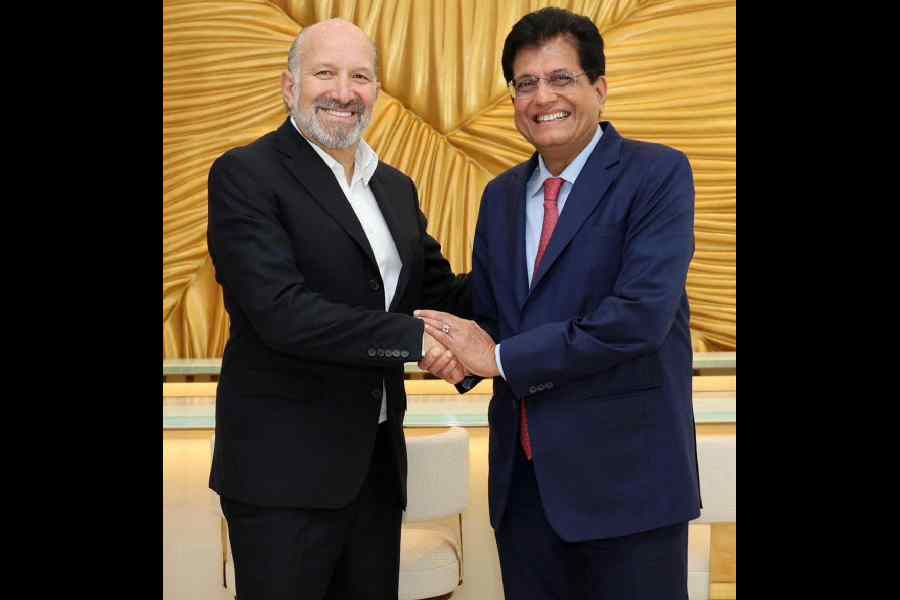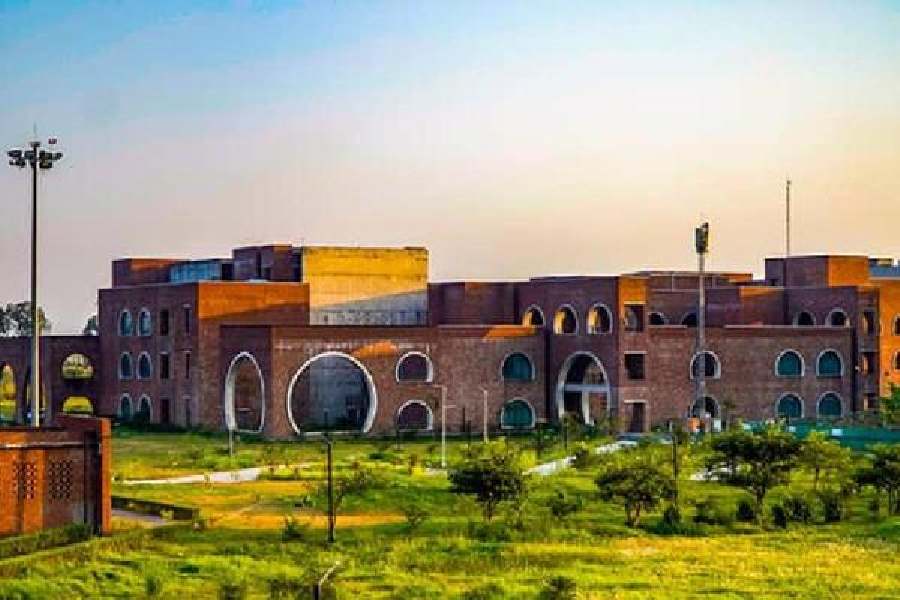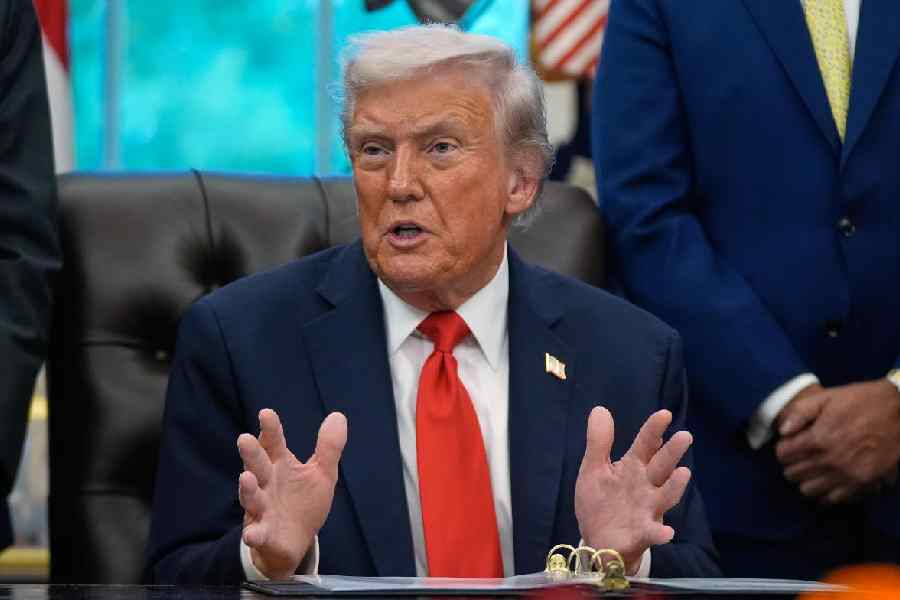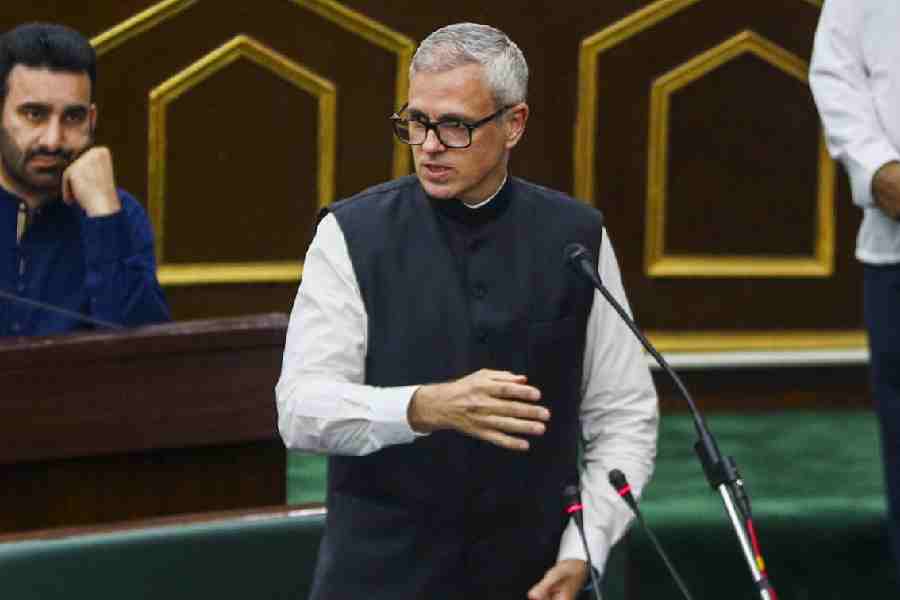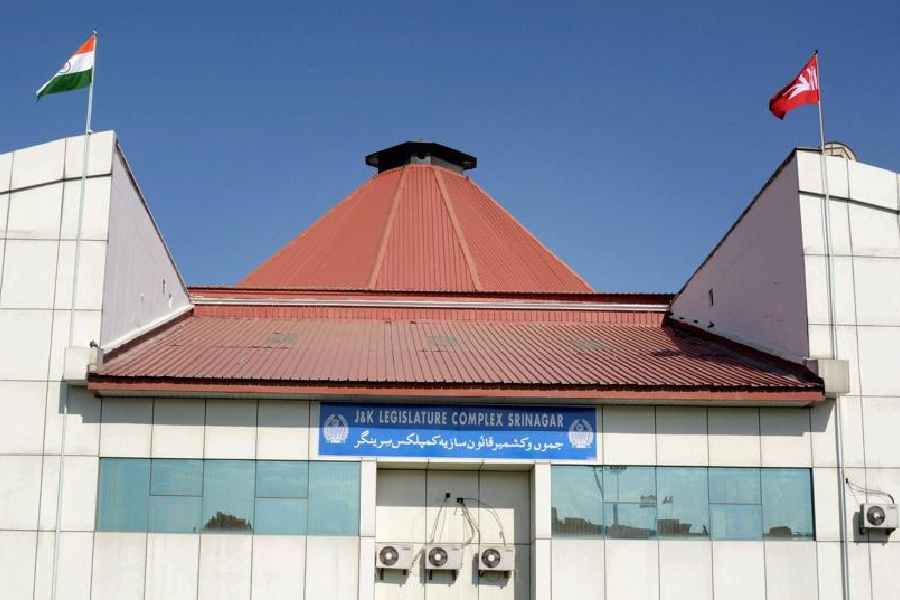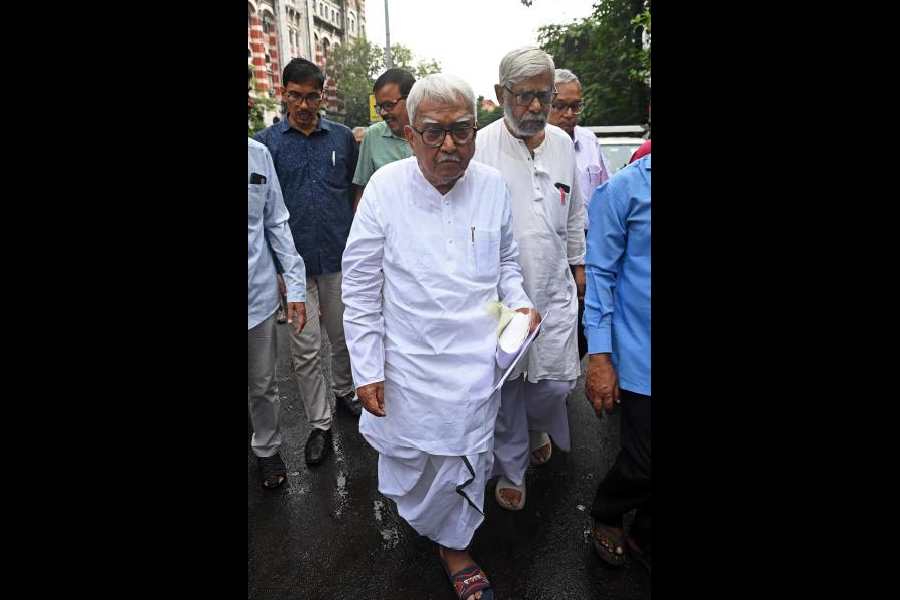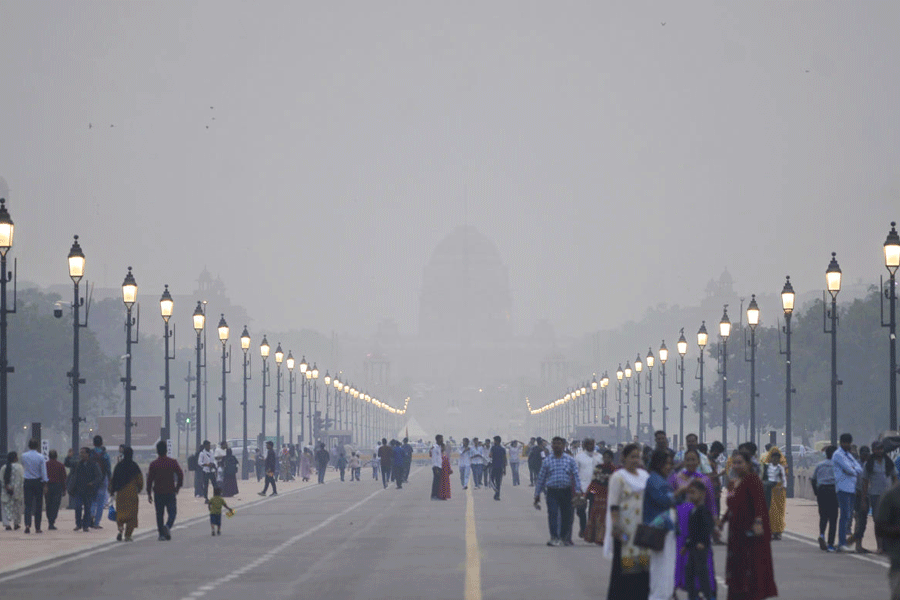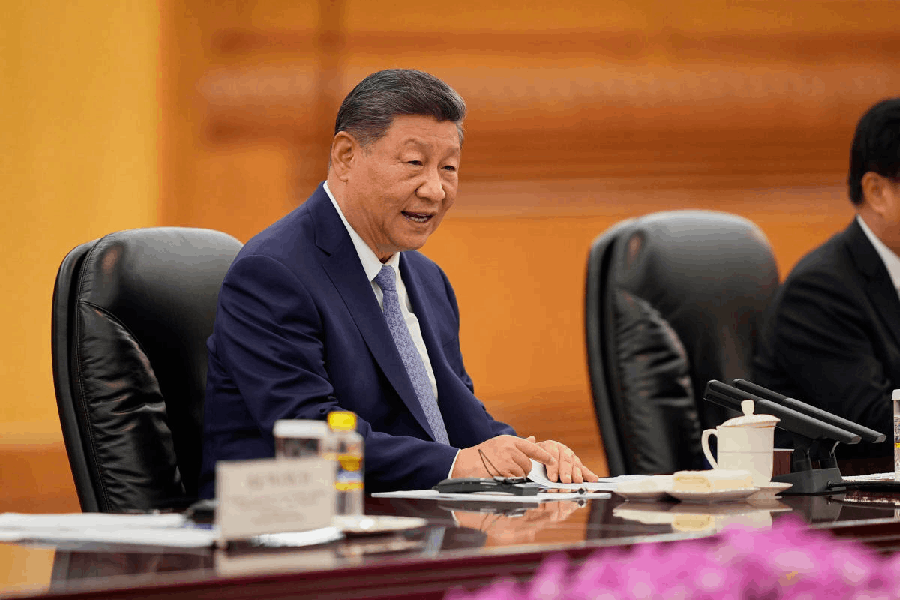The highlight of the week-long sojourn to Asia by President Donald Trump was a series of important bilateral trade deals that he signed with the United States of America’s key economic partners, including South Korea. This is the US president’s latest attempt to replace the multilateral global trade order with the ‘Turnberry System’, “oriented toward serving concrete [US] national interests rather than vague aspirations of multilateral institutions”. Over the past few days, Trump endorsed “Agreements on Reciprocal Trade” with Malaysia, Thailand and Cambodia through which the three countries have legally recognised the “reciprocal tariff” the US had imposed on July 31, 2025, while, at the same time, granting a series of concessions to the US on issues ranging from enhanced market access for US agricultural products to liberalising digital trade and electronic commerce. Of course, making headlines is the news that China and the US have reached a “preliminary consensus” on the framework of a deal on tariffs and other issues. There is plenty of optimism that the leaders of the two largest economies would ink an agreement that could include easing China’s exports restrictions on rare earths, increasing China’s imports of soybeans, and pausing
the tariff war. Now that all these trade deals are being clinched, would Trump use his pivot to Asia to also press for a similar Bilateral Trade Agreement with India which he and Prime Minister Narendra Modi had agreed to negotiate earlier this year?
The announcement of the India-US BTA negotiations was significant for both the countries. It was Trump’s first move to conclude a bilateral trade deal in his second term in which he had given overwhelming importance to doing trade deals. India, on the other hand, had agreed to negotiate a bilateral trade deal with its largest trade partner after years of hesitancy. Importantly, India has negotiated or is negotiating a bilateral trade deal with every G7 member barring the US over the past decades.
The reason was the US’s excessively high demands on trade liberalisation and it seeking changes in India’s key laws, especially those on intellectual property rights.
The terms of reference of the BTA underlined the US’s objective of reducing India’s tariffs and non-tariff barriers and negotiate a “robust set of additional commitments to ensure long-term benefits”. This was hardly surprising given that the US had frequently pointed out that its exports faced significant entry barriers in India which was primarily responsible for its merchandise trade deficit of $45.7 billion vis-à-vis India in 2024, a 5.1% ($2.2 billion) increase over 2023. For the Trump administration, the BTA was an opportunity to increase market access for its products in India and to reduce/remove its trade imbalance with one of its largest trade partners.
Even before the decision to initiate the BTA was taken, India seemed to be responding to the US’s demands when it reduced tariffs on two iconic US products, Harley Davidson motorcycles and Bourbon whiskey. Tariff reduction on a wide range of manufactured products was also on the cards in sync with those that India had offered or was proposing in its bilateral free trade agreements with the European Free Trade Association, the United Kingdom and the European Union. While endorsing its Comprehensive Economic and Trade Agreement with the UK, India agreed to significantly open its market for passenger cars, having steadfastly refused to do so in all its previous FTAs.
These initial market access offers did not placate the US since its main target has long been India’s domestic market for agricultural commodities, especially cereals. This was clear as the US president and his cabinet colleagues frequently referred to India’s high agricultural tariffs in general and cereals in particular. While announcing the Fair and Reciprocal Tariff Plan, his strategy to punish his trade partners for high tariffs, President Trump berated India for imposing 80% tariffs on rice in husk. The US commerce secretary, Howard Lutnick, posed a direct question to the Indian government: “Why won’t India buy even a single bushel of American corn?” Lutnick explained that Trump understood that the best way to expand US farmers’ access to global markets was by negotiating deals with countries (including India) that currently block their products.
The Trump administration’s push for greater market access for agricultural products, especially corn, wheat and soybean, in India is a reflection of the political support the US president received from America’s farming-dependent counties: in the 2024 presidential elections, almost 78% of these counties had supported Trump. Moreover, US farm lobbies, especially the National Corn Growers Association, the American Soybean Association, the U.S. Wheat Associates and the National Association of Wheat Growers, have been strongly lobbying the US government for access to the Indian market.
The Trump administration’s push for India’s agricultural market is the major sticking point in the BTA negotiations as India is loath to include major agricultural commodities and dairy products in its FTAs for two compelling reasons. First, a majority of India’s workforce continues to depend on agriculture and allied activities like dairying for their livelihoods. Secondly, government statistics show that more than 86% of India’s farmers operate on small and marginal holdings of less than two hectares. That the government is keen to protect the interests of this politically important constituency was evident from the prime minister’s commitment to farmers on the country’s 79th Independence Day. He said, “For farmers, fishermen, and livestock rearers, Modi will always stand as a wall of protection.”
Though the Indian prime minister’s forthright commitment appeared to have drawn the ‘red line’, he indicated that the bilateral trade negotiations “will pave the way for unlocking the limitless potential of the India-US partnership”. Last week, the Union commerce minister, Piyush Goyal, also sounded optimistic when he said that India and the US could work out a “fair and equitable agreement in the near future”. While there are indications that the two governments could work towards cutting the Gordian Knot, they would do well to extend the earlier timeline — the Fall of 2025 — for concluding the trade deal in sync with the Indian commerce minister’s expectations.
Biswajit Dhar is a trade economist and former Professor of Economics, Jawaharlal Nehru University

